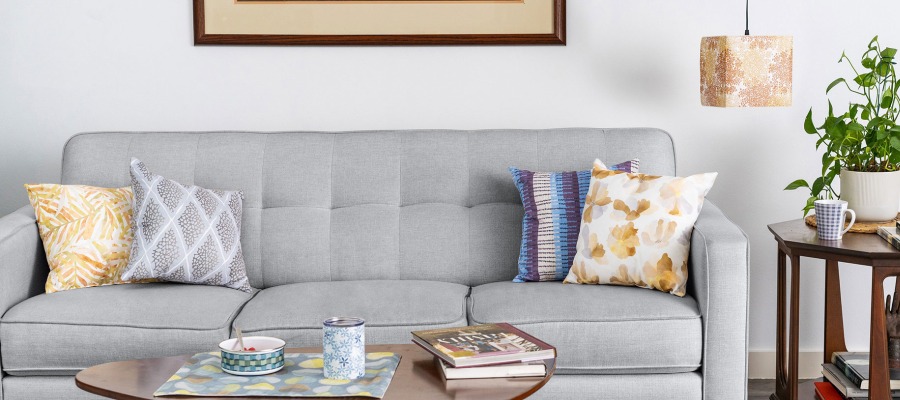
What is Japandi?
When discussing the hottest trends in outdoor living, Japandi kept popping up. Japandi isn’t brand new. It’s a trend that has been gaining popularity inside for the last couple of years. Recently, it’s starting to migrate outside into our outdoor spaces. So, what exactly is it?
Japandi is a cross between Scandinavian and Japanese design.
Japandi is a blend between the Scandinavian concept of hygge and the Japanese concept of wabi-sabi.
Hygge is a Danish word that describes a quality of coziness. Hygge has become so popular that Denmark even talks about it as a reason to travel there. VisitDenmark describes hygge as “creating a warm atmosphere and enjoying the good things in life with good people.” The word itself comes from Norwegian, where it means well-being. Yet it was the Danes that embraced it as a part of their lifestyle. Peak hygge is generally around Christmas, when the days are the shortest and darkest. Yet, people try to practice hygge all year round to enjoy the good things in life with people they love.
Wabi sabi is a Japanese concept that centers around finding beauty in imperfection. In his book Wabi Sabi: The Japanese Art of Impermanence, Andrew Juniper writes that wabi sabi is “an intuitive appreciation of ephemeral beauty in the physical world that reflects the irreversible flow of life in the spiritual world.” Wabi sabi is an aesthetic in art and design, but also a philosophy in life. It’s about not only accepting imperfection but seeking beauty in it. This acceptance helps bring a sense of calmness to one’s life.
An embrace of nature and intention.
When these two ideas meld, they become Japandi, with overarching themes of simplicity, nature, and comfort. In interior design, this emphasizes thoughtful, carefully selected, and curated objects coming together to create an intentionally designed space. There is also an emphasis on natural materials and calm, peaceful color palettes.
Less is more, but in Japandi that doesn’t necessarily mean minimalist in a stark and sterile way. Instead, it means that what is in a room is meaningful and comforting. Furniture and accessories are functional, and there is no clutter. It also means that spaces genuinely become a reflection of a person. Objects tell a personal story and don’t look like the same trendy stuff everyone else also bought at that big box store. The ultimate goal is for people to enjoy a space fully and to have that space reflect their most authentic selves.
Share this post
Author
DESIGN/COLOR TRENDS AND AWESOME INFORMATION IN YOUR INBOX
Sign up for our monthly trend letter




